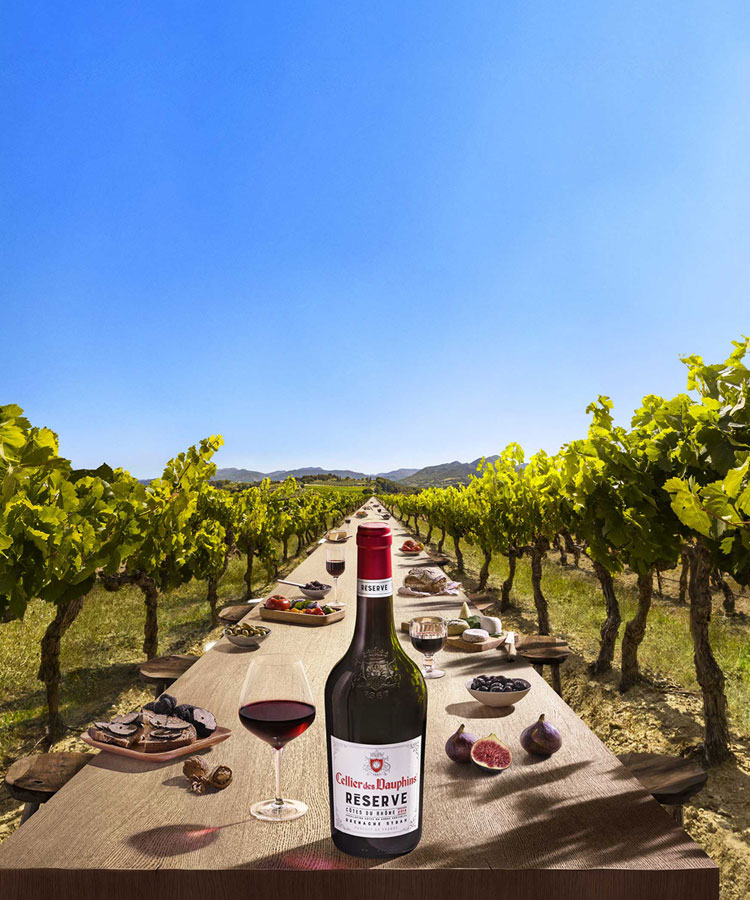
A true man of the land, Laurent Paré speaks of his birthplace in the language of the landscape — rather than the nearest big city, say, or some geographical marker. “I am not originally from a place that grows vines,” he says, “I am from a place that grows wheat and sugar beets.”
It’s no wonder then, with his eyes fixed on terroir, that Paré, the winemaker at Cellier des Dauphins in the Rhône Valley, crafts his wines to tell the story of the place they are from.
These days, Côtes du Rhône is too often dismissed as a simple, fruity (and frankly, not all that interesting) bistro wine. But Cellier des Dauphins is working to change that, to restore the region’s rightful reputation as a producer of spicy, balanced, food-friendly wines from diverse terroirs.
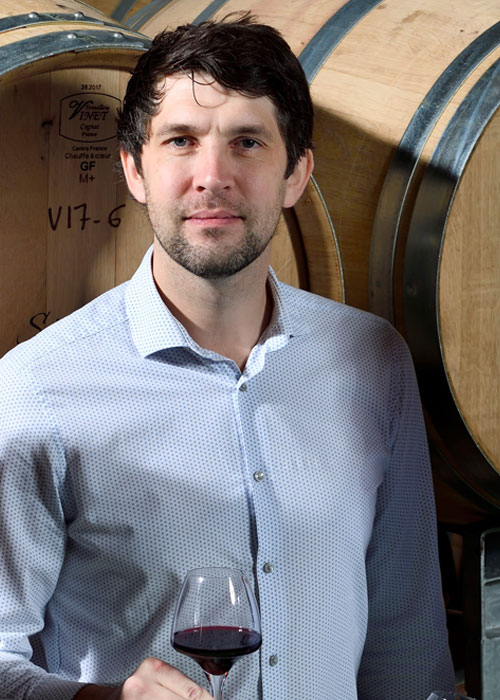
Here, in the sun-drenched hills of the south of France, the landscape looks like something out of a movie where lavender fields stretch into rugged olive tree groves. Blue mountains form gentle peaks in the distance and the fields are ripe with apricot, almond, and fig trees.
Here, in this Mediterranean climate, the vines benefit from generous sunshine as well as a fierce, cool wind, called Mistral, that blows down from the Alpine Massif mountain range, bringing freshness into the vineyards. This combination of heat and air movement throughout the growing season ensures that the grapes grow happily and healthily. “I get excited to be here every day,” Paré says as he drives through majestic vineyards to visit his growers.
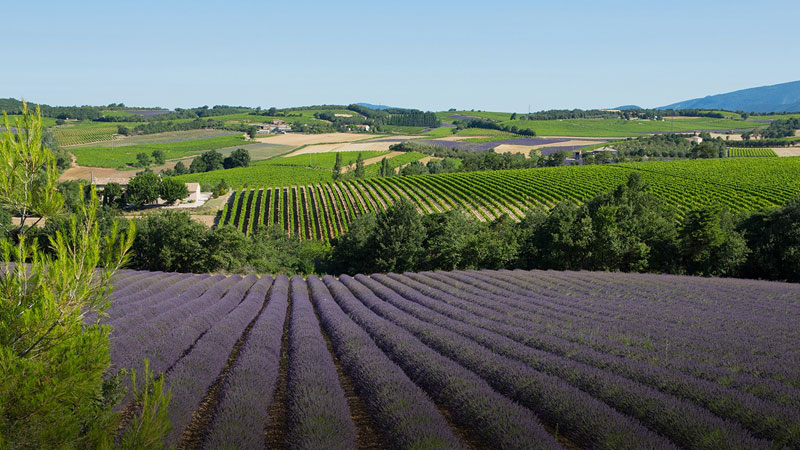
Cellier des Dauphins is an historic grower-owned cooperative, formed by family estates that have been passed down over generations and span across the southern Rhône. Thanks to this dedicated community of 2,300 grower families, Paré works with fruit that has been lovingly nurtured in old-vine vineyards from remarkable villages and crus that often fly under the radar. With this wealth of micro-terroirs providing primarily Grenache, Syrah, and Mourvèdre, Paré is able to showcase the distinct appellations of the Côtes du Rhône through geographic-specific wines, such as cru bottlings of full, rich Châteauneuf-du-Pape and brawny Vinsobres. But he puts just as much energy into the village-level wines.
These village-specific bottles brilliantly feature photos of Cellier des Dauphins grape growers, many of whom represent the third, fourth, or fifth generation to farm these plots.
One of the two village bottlings available in the U.S. features a photo of grower Laury, among his vines in Puyméras, a higher- altitude area. The back label reads: “My vineyards cover the rolling hills in the foothills of the southern Alps. I harvest Grenache grapes and make wine with elegant freshness, replete with notes of garrigue and wild berries.” Grower Mathieu, a former pastry chef farming in the rugged Plan de Dieu, writes on his bottling: “My vines cover the sunny plains of the Vaucluse. Grenache, Syrah and Mourvèdre grapes give this wine spice and black fruit aromas, as well as notes of garrigue (scrubland herbs and scents).”
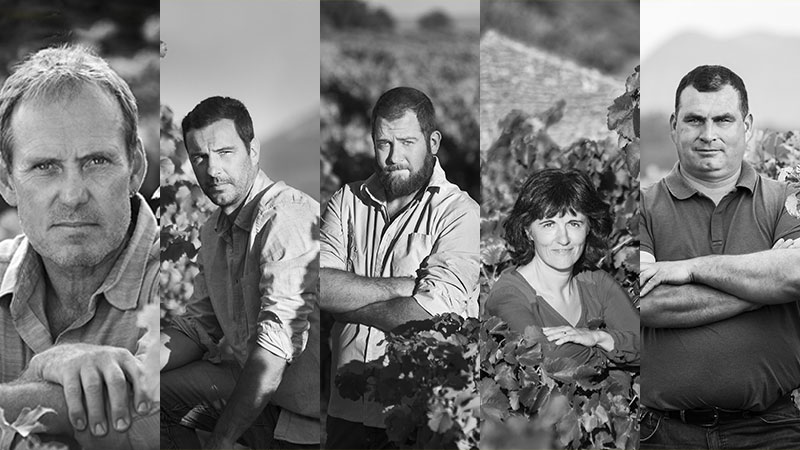
Thanks to the diversity of parcels and plots, Paré has a rich palette from which to craft accessible, everyday wines that reflect the convivial lifestyle of the southern Rhône. The Réserve Côtes du Rhône Rouge is a modern tribute to the classic Rhône style, made to be shared at the table. Grenache contributes ripe black fruit and fresh berry notes, and Syrah provides a backbone of spice and tannin, all lifted by refreshing acidity.
The réserve, village, and cru wines speak to the beauty and power of their place of origin. We “harness what’s in the dirt,” says Paré. Ranging from $14.99 to $59.99 at the cru level, the wines offer vibrance and elegance alongside power, complexity, and pairability, owing to the Rhône’s terroir and those who farm it.
“The wine growers are the heroes,” Paré says. “We want to valorize their work and the quality of our grapes.” Without great grapes, great wine is impossible.
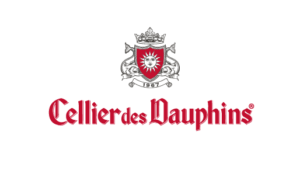
This article is sponsored by Cellier des Dauphins.
